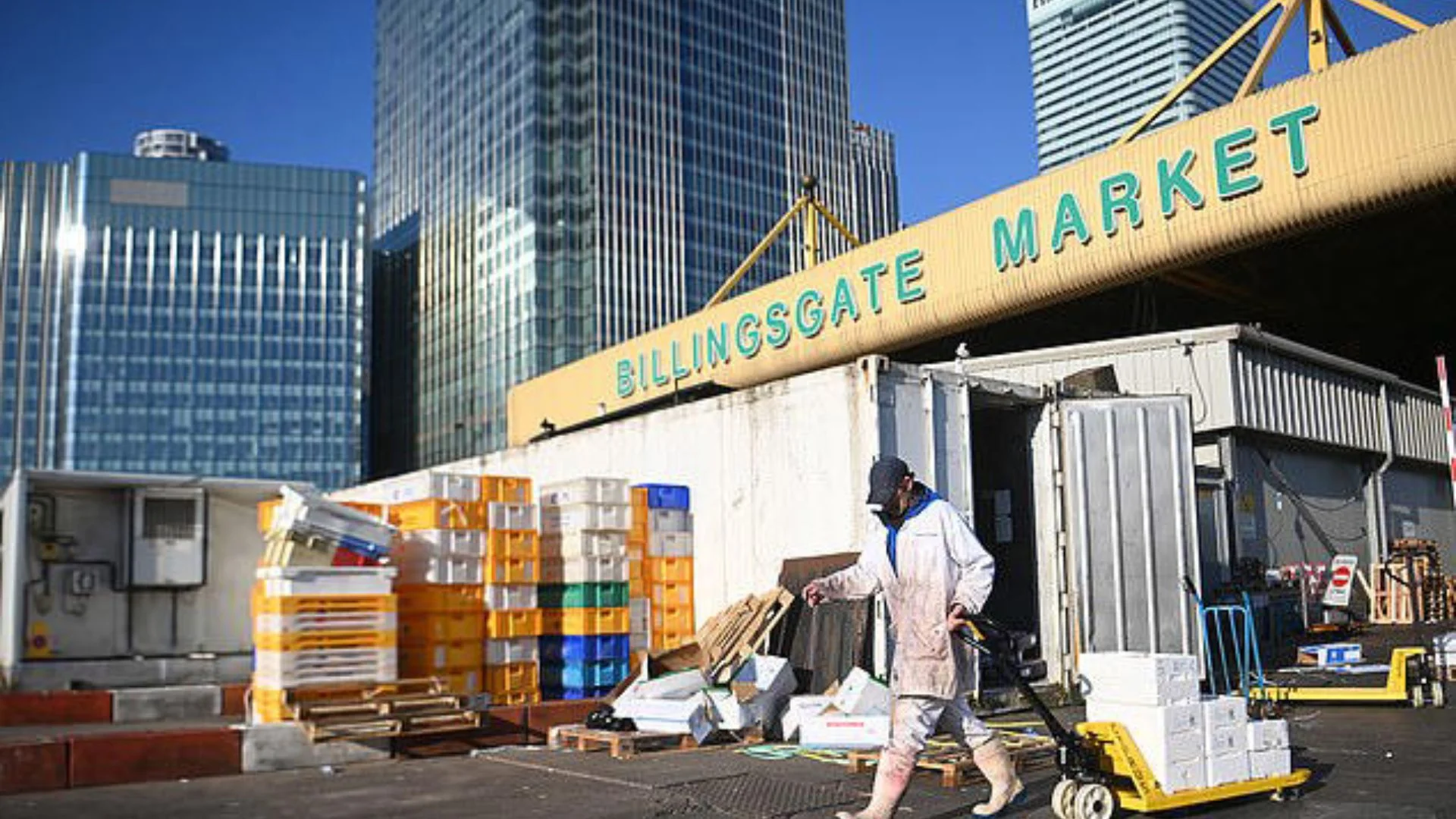Two of London’s oldest and most iconic markets, Billingsgate fish market and Smithfield meat market, are set to close, marking the end of traditions dating back to medieval times. The City of London Corporation, which has overseen these markets since their inception, will present a bill to Parliament to formally relinquish its responsibilities.
The announcement follows the corporation’s decision to scrap plans to relocate the markets to a new £1 billion ($1.25 billion) site in Dagenham, east of London. The move was deemed financially unviable due to rising inflation and increased construction costs. Instead, market traders will receive financial compensation and advisory support, with current operations continuing until at least 2028.
“This decision marks a positive new chapter for Smithfield and Billingsgate markets, allowing traders to pursue sustainable futures in locations that align with their business goals,” said Chris Hayward, Policy Chairman of the City of London Corporation. He added that stepping away from direct market operations would enable these businesses to thrive independently.
A Storied Past
Billingsgate and Smithfield have deep historical roots. Billingsgate has been a hub for fish trading since the early 11th century, predating the Norman Conquest, while Smithfield, located just outside the old Roman wall, became a center for livestock trade around the same period.
Renowned author Peter Ackroyd, in his book London: The Biography, highlights the markets’ roles in shaping the city’s culture. They were known for their bustling, often chaotic atmosphere, with Charles Dickens famously describing Smithfield as a place of “filth and mire” in Oliver Twist and Great Expectations.
Over the centuries, the markets evolved, shedding their unruly reputations with the introduction of food standards and structural renovations. Smithfield’s Victorian buildings have undergone several modifications, including recovery efforts after a significant fire in 1958. Billingsgate, meanwhile, has operated from its current Docklands location since 1982, a once-derelict area now transformed into the modern Canary Wharf financial district.
A New Future
The closure of the markets will pave the way for redevelopment. Plans for the Billingsgate site include 4,000 new homes, addressing London’s housing needs. Smithfield is set to be transformed into a cultural hub, housing the new London Museum.
While the markets’ new locations may bring modern facilities, the loss of their centuries-old traditions signals the end of an era in London’s rich history.






















